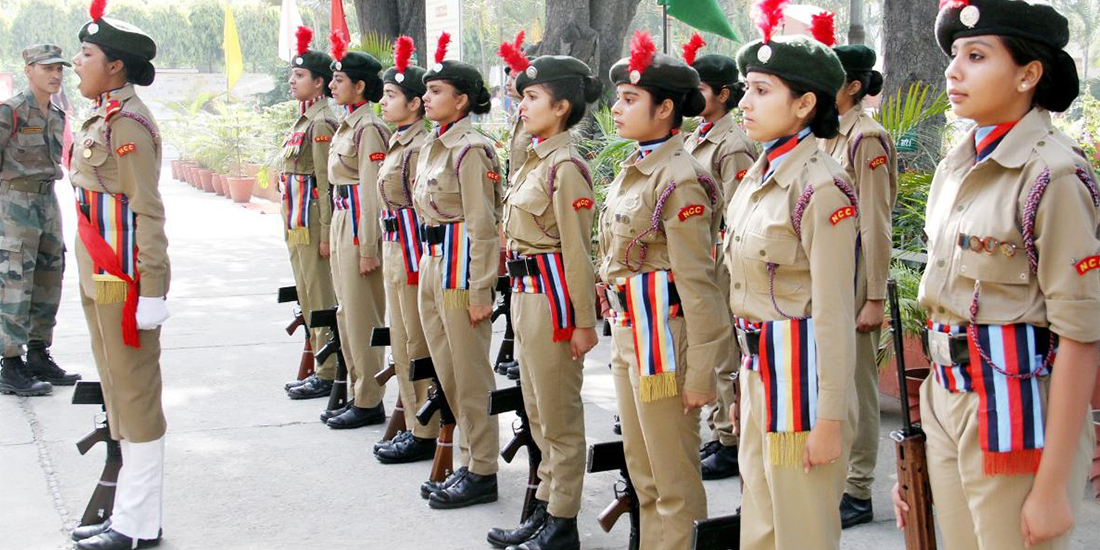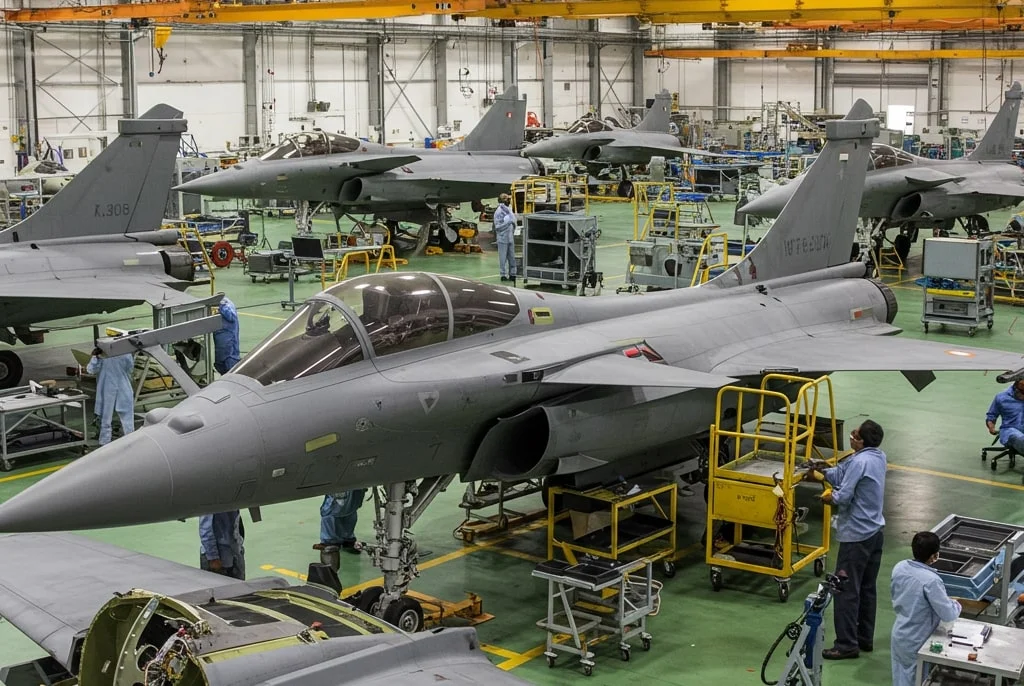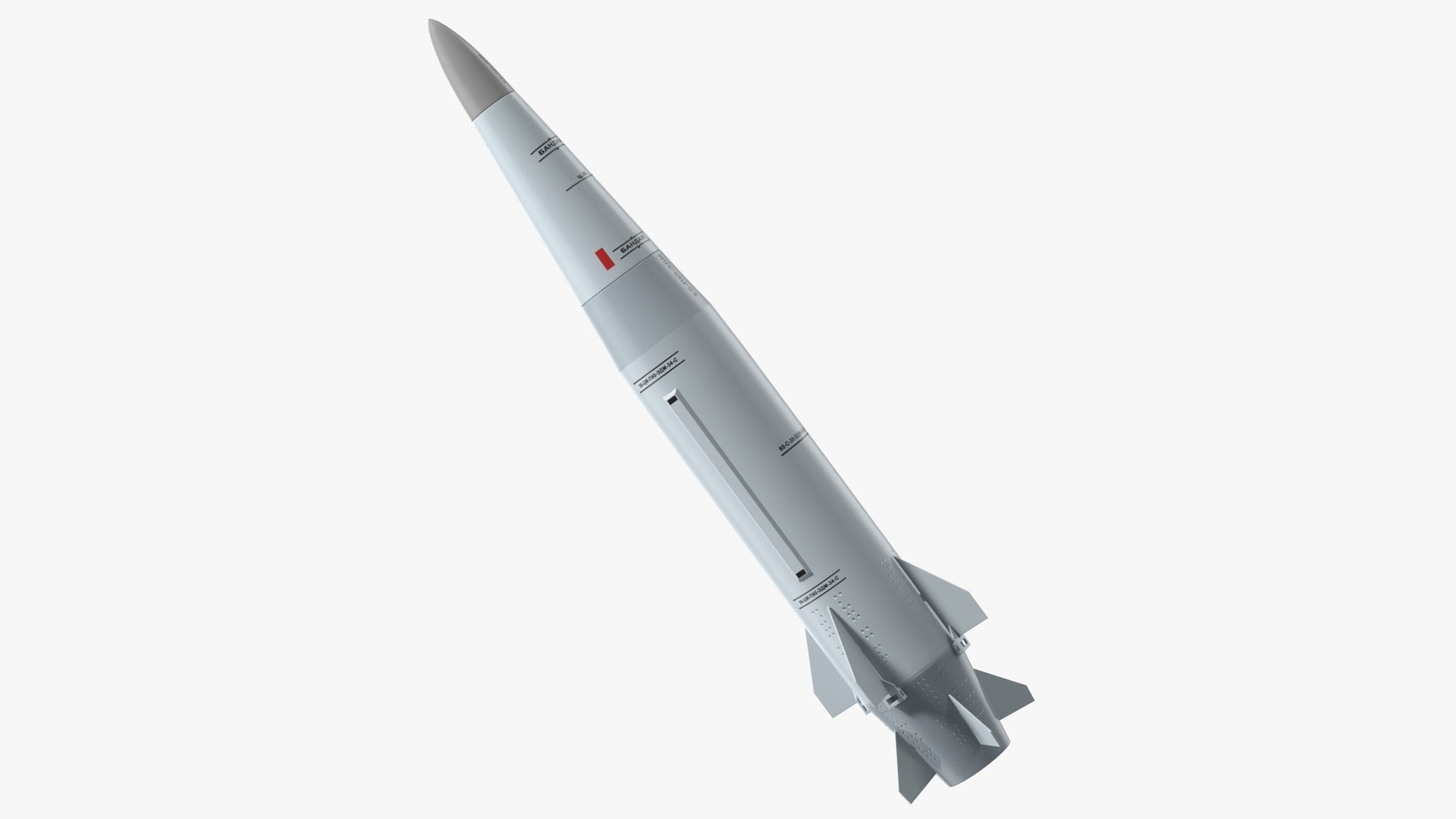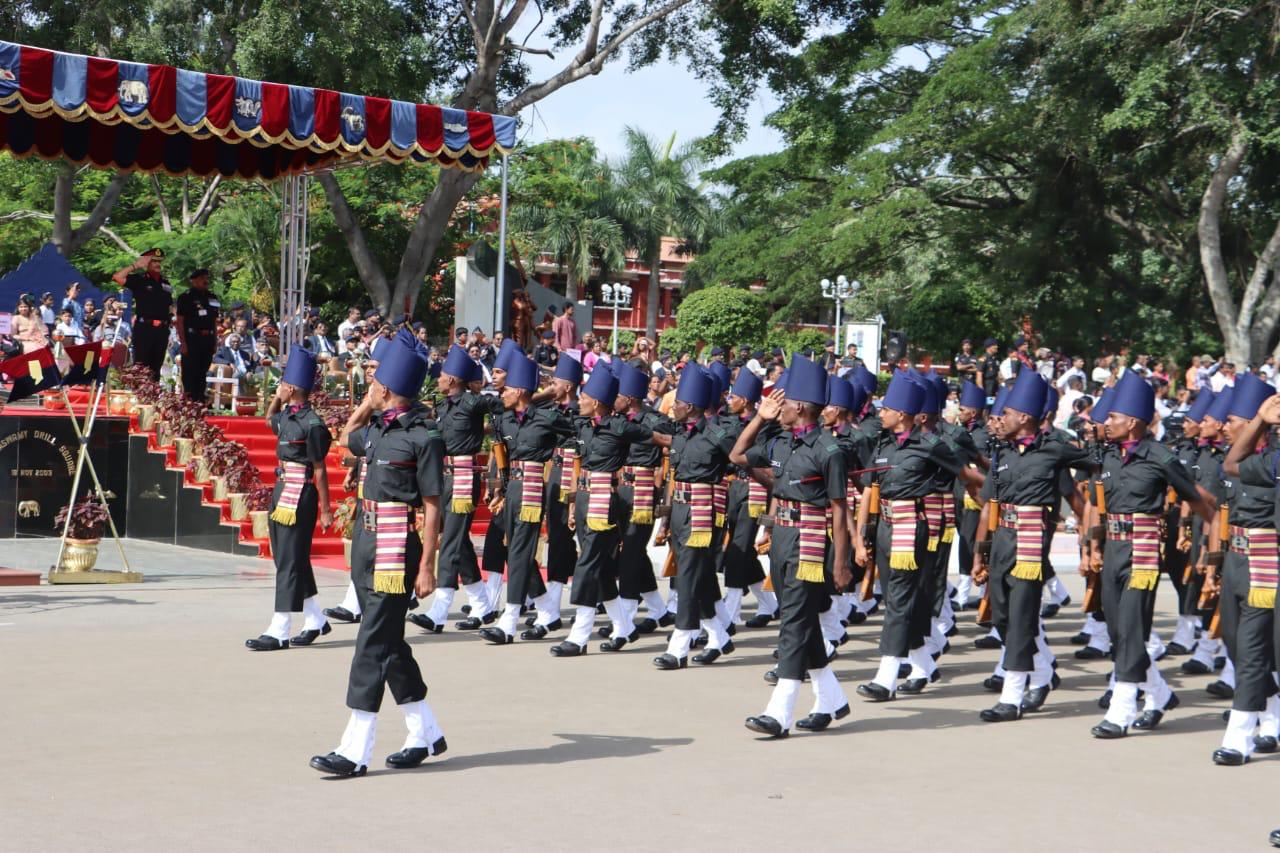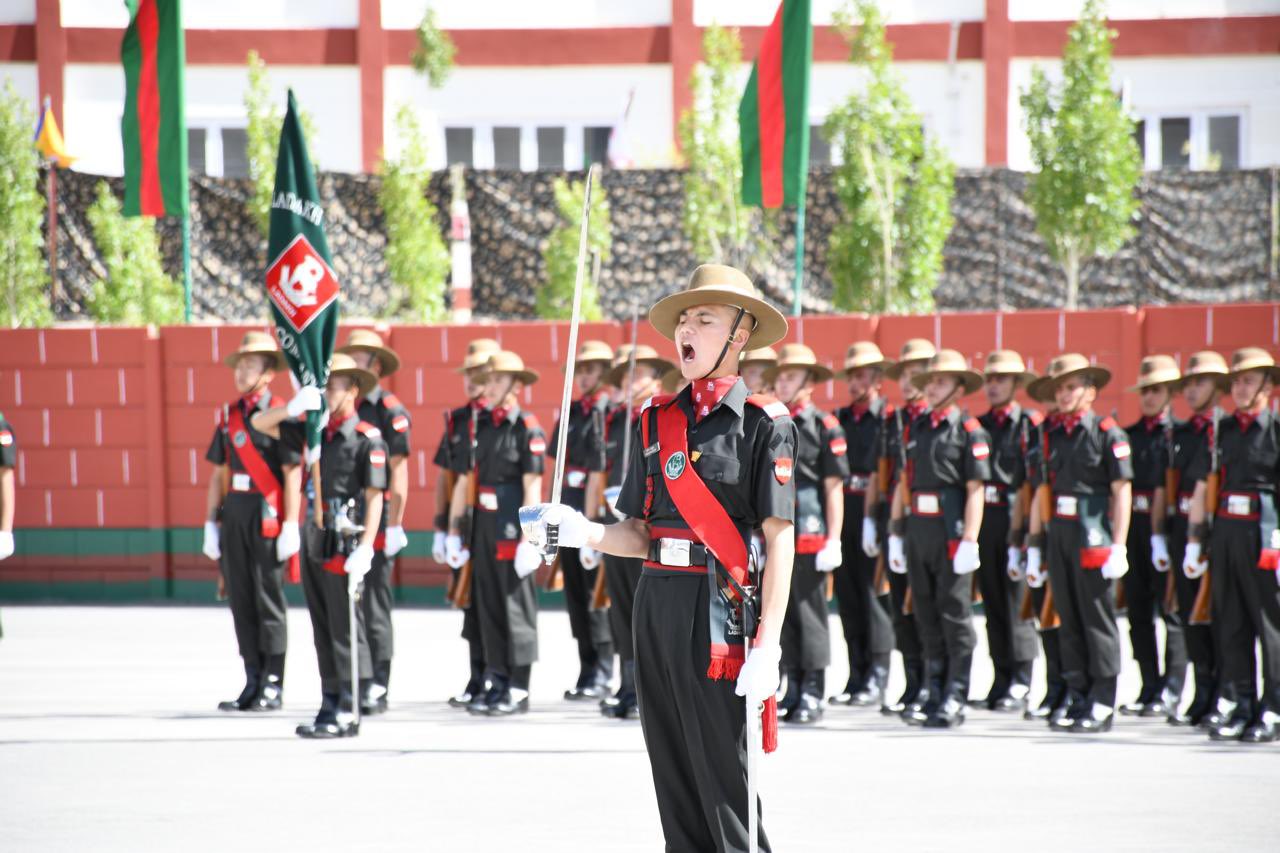MoS Defence Sanjay Seth Announces 3 Lakh Cadet Expansion of NCC
In a significant push to strengthen youth engagement and national service, Union Minister of State for Defence Sanjay Seth announced…
Dassault Aviation and Tata Partner to Manufacture Rafale Fuselage in India
In a significant boost to India’s defense manufacturing ambitions, French aerospace giant Dassault Aviation has partnered with Tata Advanced Systems…
‘Fraud Marshal’: Asim Munir Mocked by Pakistani Diaspora with Times Square Billboard
A viral video showing a truck-mounted digital billboard in New York’s iconic Times Square has sparked intense online debate, as…
What Is the Kinzhal Missile? Russia’s Hypersonic Weapon Used in Mykolaiv Strike
On June 3, 2025 – Russia launched its Kinzhal hypersonic missile at the Ukrainian port city of Mykolaiv, marking the…
Madras Engineer Group Hosts Passing Out Parade for 568 Agniveers in Bengaluru
In a stirring display of military discipline and regimental pride, the Madras Engineer Group (MEG) & Centre, also known as…
194 Agniveer Recruits Pass Out from Ladakh Scouts Regimental Centre in Proud Ceremony
In a proud and symbolic moment in the snow-clad region of Ladakh, 194 Agniveer recruits successfully passed out from the…

